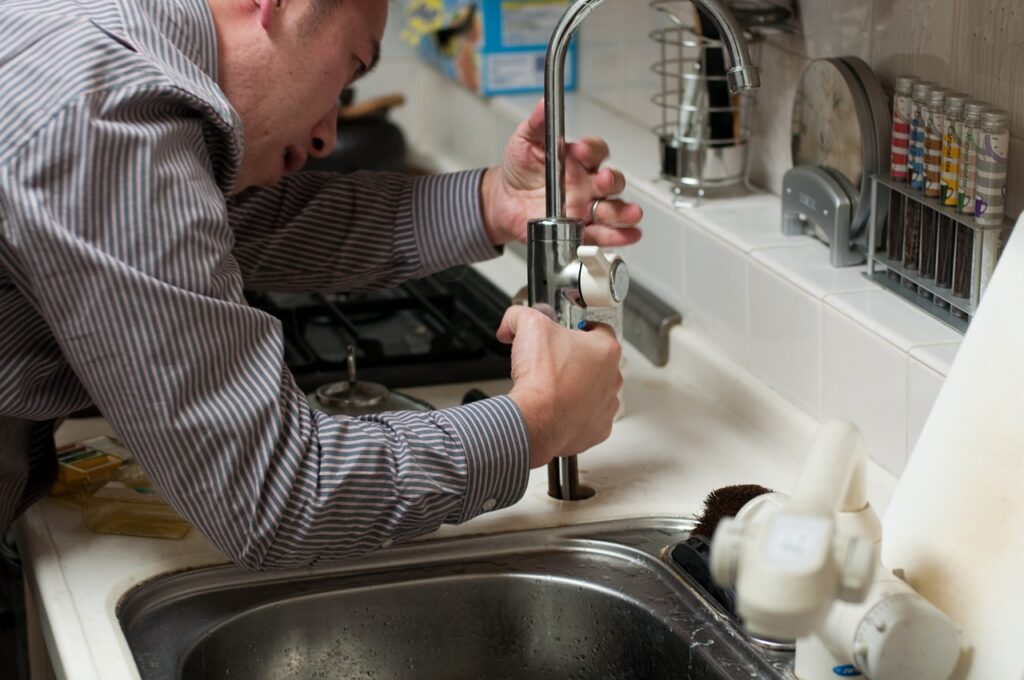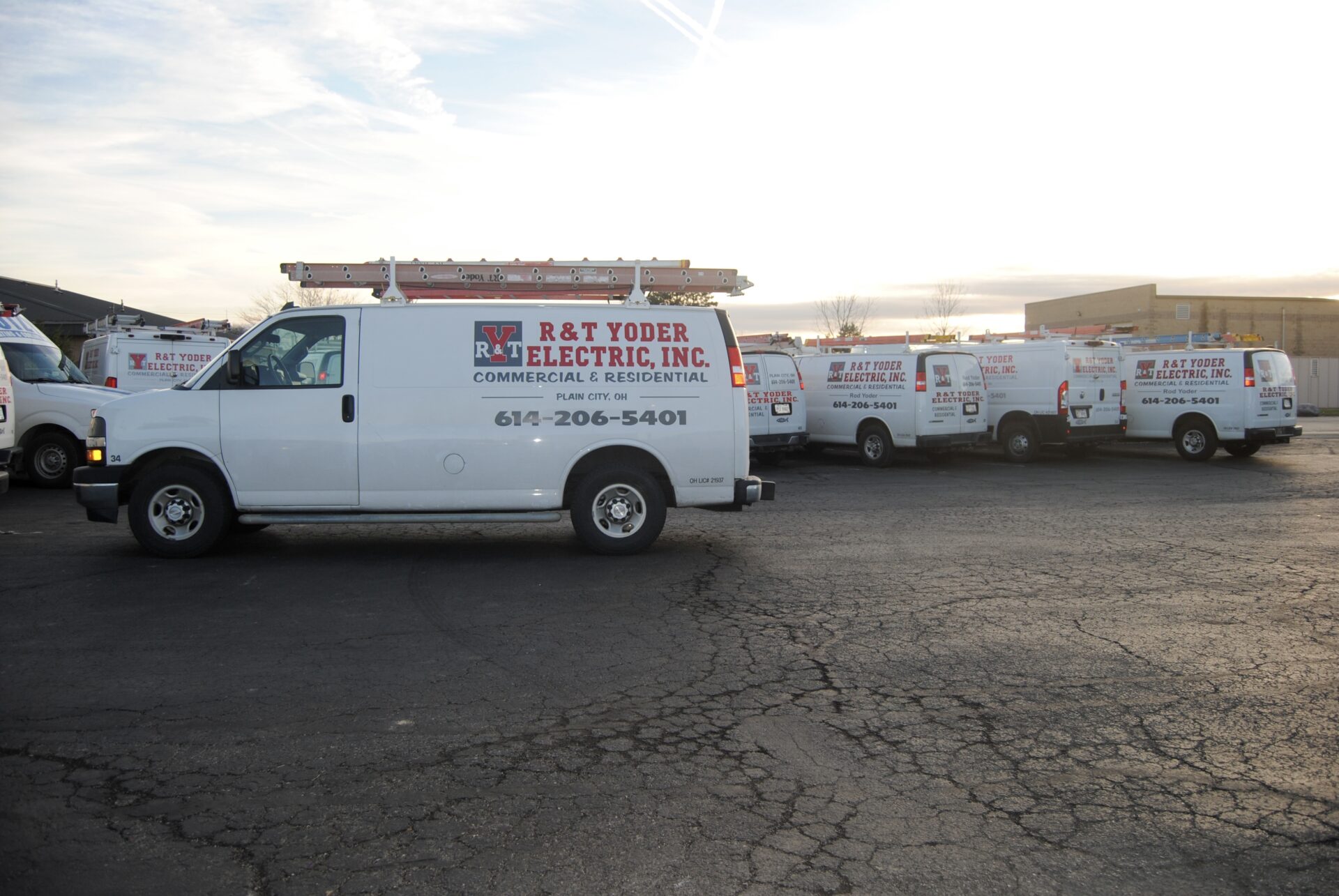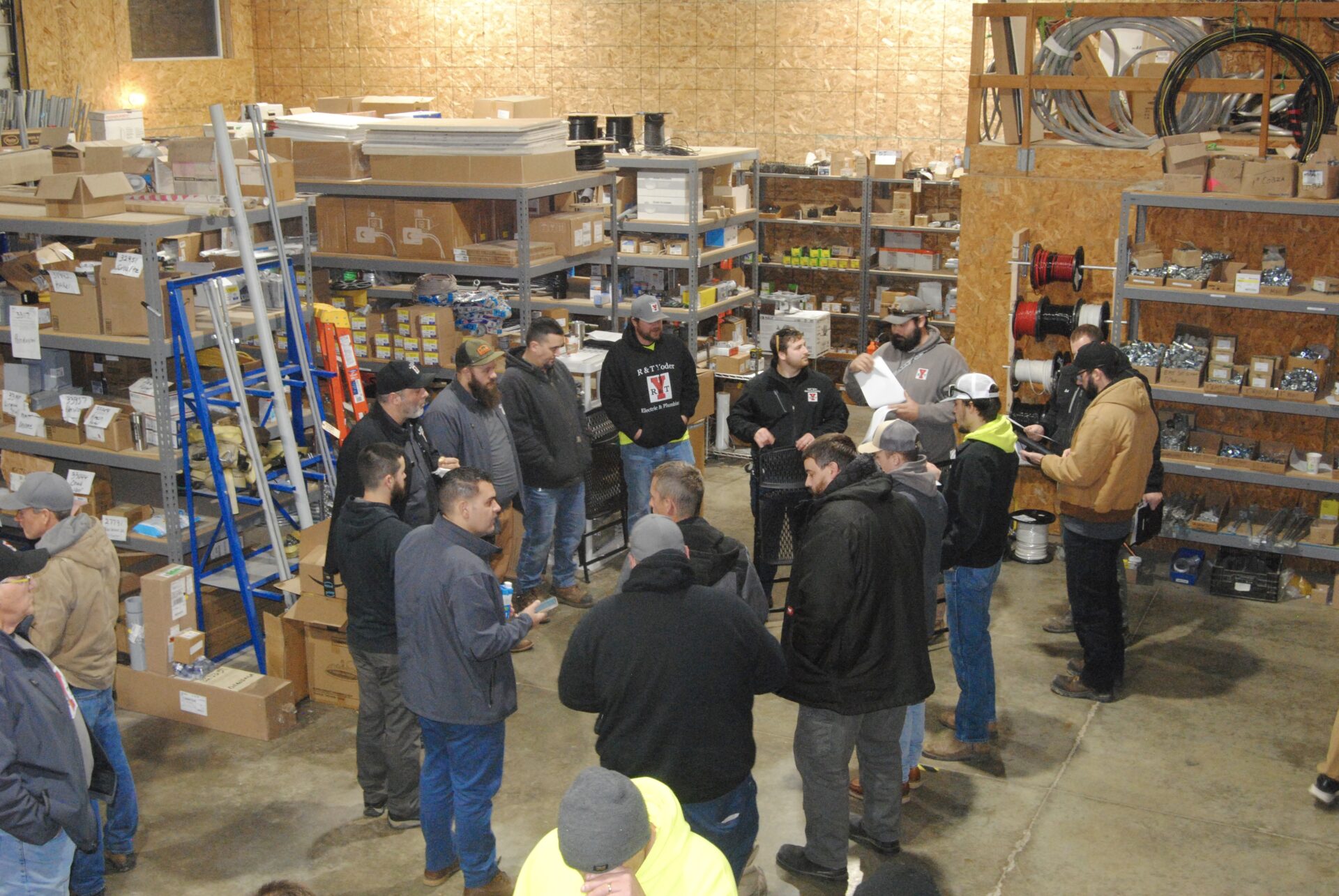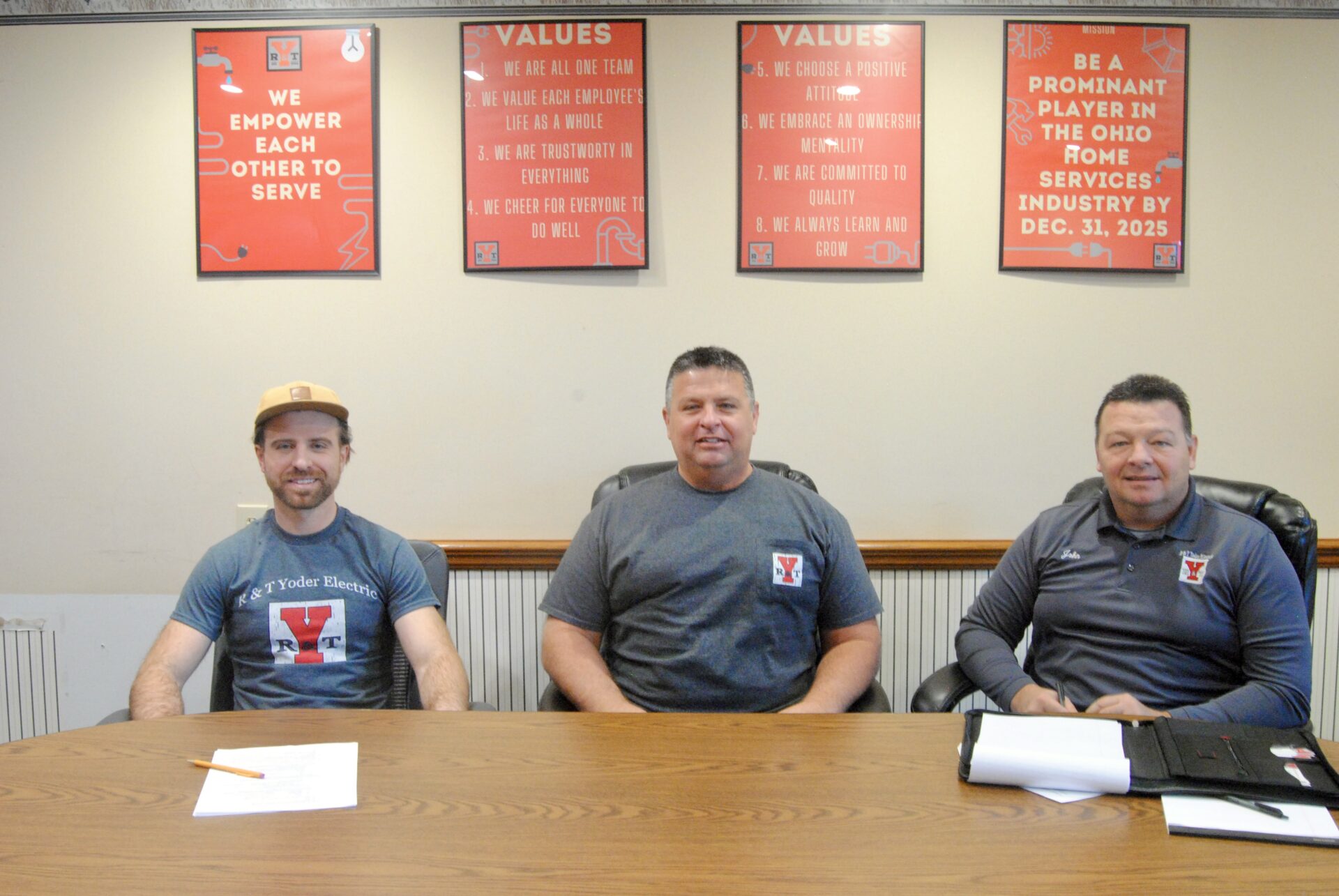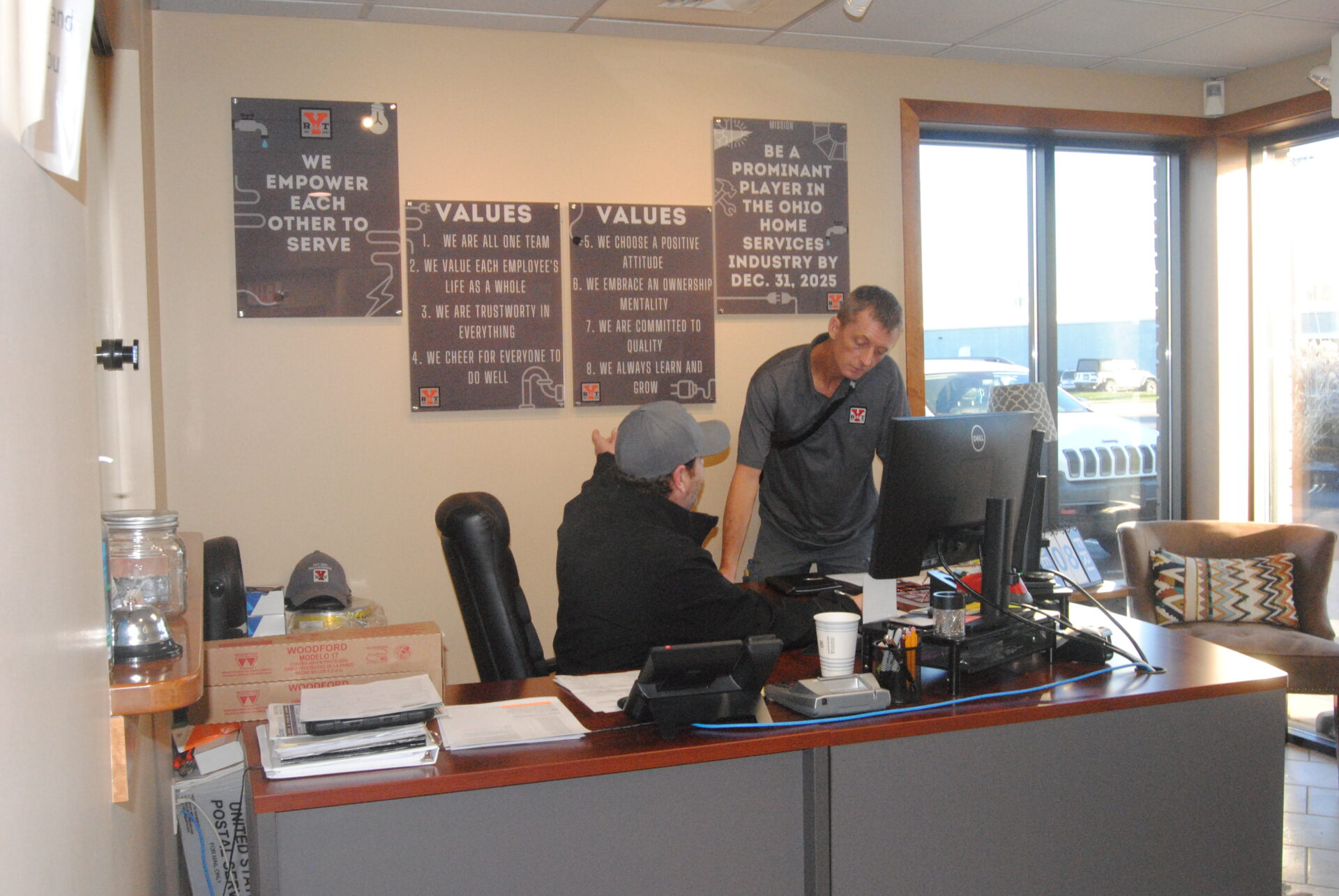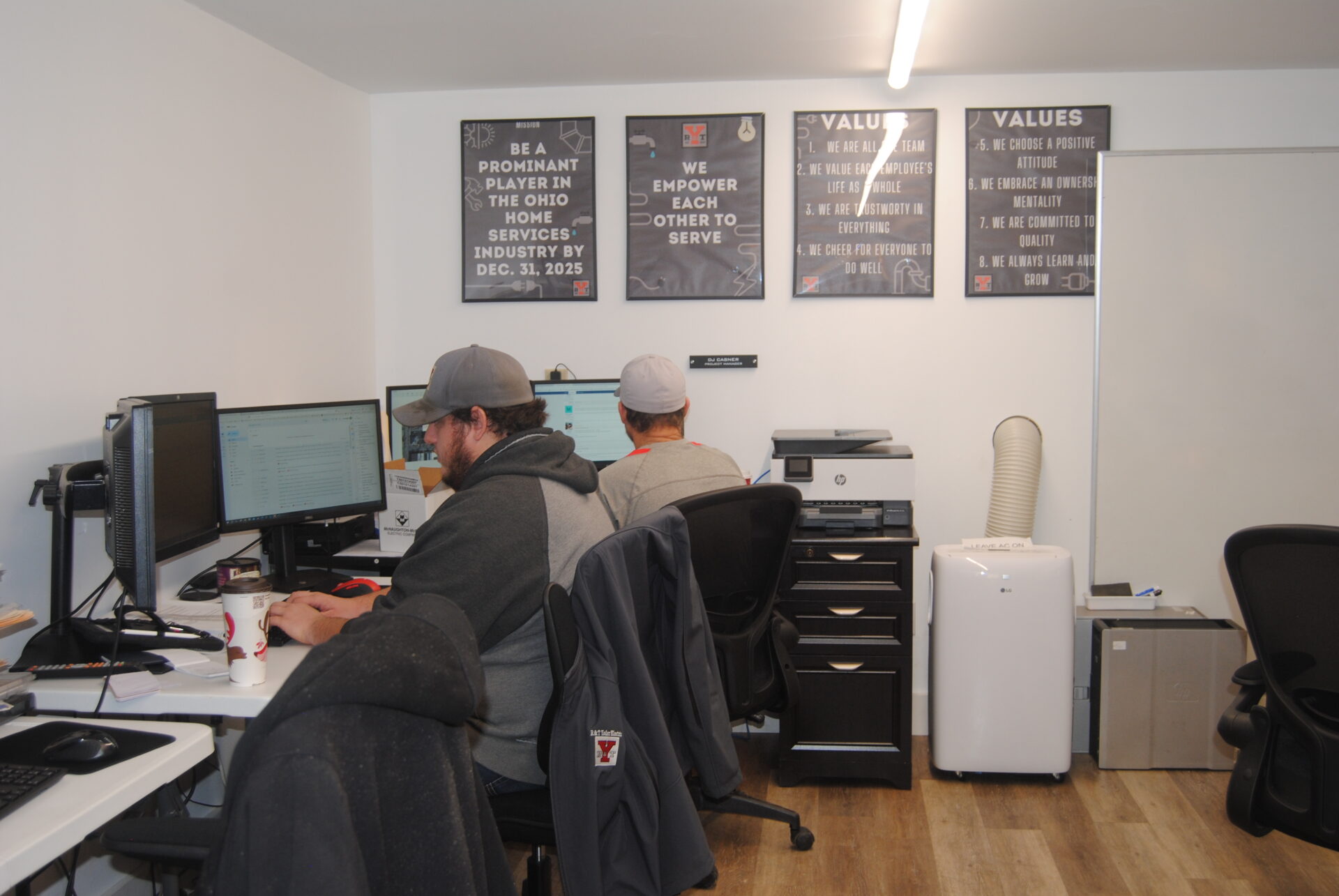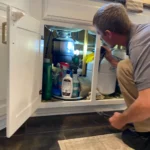Introduction to the Issue of Leaking Faucets
Overview of Faucet Leaks in Households
A leaking faucet may seem like a minor inconvenience, but it’s a surprisingly common issue in many households. Drips that seem insignificant at first often signal underlying problems in the plumbing system. Left unattended, these leaks can escalate, leading to a cascade of issues far beyond the initial trickle of water.
Common Causes of Faucet Leaks
Faucet leaks can result from several factors. Worn-out washers, loose O-rings, or corrosion within the faucet mechanism are frequent culprits. Each type of leak has distinct signs, but all share the potential to escalate if left without leaky faucet repair.
The Hidden Costs of a Leaking Faucet
Increased Water Bills Due to Constant Dripping
While a few drips may seem trivial, they add up quickly. Even a slow leak can waste thousands of gallons each year, driving up water bills. Households with multiple small leaks may find they’re unknowingly paying for gallons of wasted water monthly, underscoring the need for timely repairs to support water conservation.
Escalating Repair Costs Over Time
Ignoring a faucet leak often leads to more complex and costly repairs down the line. What begins as a straightforward leaky faucet repair can escalate into a more extensive issue if components wear further or other parts are affected by ongoing leaks. Immediate attention saves both time and money.
Water Waste and Environmental Impact
How Small Leaks Lead to Significant Water Loss
A single leaking faucet dripping once per second can waste over 3,000 gallons annually. That’s enough water to fill a backyard pool or provide showers for a family for weeks. The scale of water loss from seemingly insignificant leaks is substantial, making water conservation a critical priority.
The Broader Environmental Implications of Wasted Water
Wasting water not only impacts individual households but also contributes to larger environmental concerns. Wasted water puts pressure on local water supplies, leading to increased demands on water treatment facilities and a higher environmental footprint from excess energy usage.
Damage to Plumbing System
How Leaks Strain Plumbing and Connectors
A leaky faucet doesn’t just impact the fixture itself. Continuous dripping puts undue pressure on surrounding plumbing and connectors, which can lead to further leaks or cracks in pipes. The gradual strain of an unresolved leak can lead to cascading issues throughout the plumbing system.
Potential for Corrosion and Pipe Damage
Water that continually flows, even in small amounts, can cause corrosion in pipes, especially if the water is hard or has high mineral content. Corroded pipes are more susceptible to leaks, cracks, and breakage, leading to extensive repairs if left unchecked.
Impact on Household Water Pressure
How Leaks Affect Water Pressure in the Entire System
Even small leaks impact overall household water pressure. Over time, the slow loss of water leads to less forceful flow in showers, faucets, and appliances. Low water pressure can be frustrating and may also indicate broader issues within the system.
Issues with Appliances and Fixtures
Appliances that rely on steady water pressure, like washing machines and dishwashers, can also suffer from the effects of leaks. Low pressure strains these appliances, reducing their efficiency and, over time, potentially leading to costly repairs.
Increased Risk of Mold and Mildew
How Leaks Create a Moist Environment for Mold
Wherever water lingers, mold and mildew are sure to follow. The damp conditions created by a faucet leak provide an ideal environment for mold spores to thrive. Even if the leak is minor, the constant moisture can foster mold growth around sinks, cabinets, and pipes.
Health Risks Associated with Mold Growth
Mold growth isn’t just a structural concern—it’s a health risk. Mold spores can trigger allergies and respiratory issues, particularly for those with asthma or compromised immune systems. Addressing leaks promptly helps avoid creating an environment where mold can spread.
Structural Damage to Cabinets and Flooring
How Water Drips Can Damage Cabinets and Wood Surfaces
Even small drips of water can wreak havoc on cabinets and wood surfaces. Over time, these surfaces absorb moisture, leading to swelling, warping, and eventual decay. Left unchecked, a simple leak can ruin cabinetry and fixtures around the affected area.
Dangers of Water Seeping into Flooring and Subflooring
Water seeping into floors can damage subflooring, especially if it’s made of wood or composite materials. Wet flooring can rot, weaken, and develop mold, creating extensive damage that requires complete replacement—a far more expensive and disruptive repair than addressing a single leaking faucet.
Health Risks from a Damp Environment
Respiratory and Allergy Issues Related to Moisture
Damp environments are breeding grounds for dust mites, mold, and other allergens. When water lingers due to a leak, the air quality in a home may suffer, leading to respiratory irritation, allergy flare-ups, and other health issues, particularly in sensitive individuals.
The Risk of Bacteria Growth Around Leak Areas
Water pooling around leaks creates a prime environment for bacteria to multiply. From E. coli to various types of fungi, bacteria thrive in damp, warm areas, posing health risks, especially when the leak is in a kitchen or bathroom.
Noise Disruption from Continuous Dripping
The Constant Annoyance of Dripping Sounds
Beyond structural and health concerns, the constant sound of a dripping faucet is a nuisance. Over time, the repetitive noise can lead to stress, sleep disruption, and general discomfort, particularly in small homes where sound travels easily.
Effects of Sound Pollution on Mental Health
Continuous noise—even from something as simple as a drip—can affect mental well-being. Studies show that repetitive noises can contribute to stress and anxiety, impacting a person’s focus, rest, and general mood over time.
Shortened Lifespan of Faucets and Fixtures
How Constant Dripping Wears Out Components
Faucets and their internal components are not designed for constant use. A leak increases wear and tear on seals, washers, and other parts, causing premature aging of the fixture. Eventually, the faucet may require full replacement rather than a simple leaky faucet repair.
Increased Need for Replacements Due to Wear and Tear
Constant dripping means that faucet components are under pressure even when the faucet isn’t in use, which shortens the overall lifespan of the fixture. Replacing faucets frequently can be costly and inconvenient.
Decreased Property Value
How Visible Leaks Affect Property Appraisal
Visible plumbing issues, even minor ones, can reduce a property’s value. During home appraisals, inspectors note water damage, mold, or leak repairs needed, which can negatively affect the appraisal and make the property less appealing to buyers.
Buyers’ Hesitation Due to Existing Plumbing Issues
Prospective buyers are likely to be deterred by visible leaks, as they indicate potential hidden problems. Homes with visible plumbing issues may remain on the market longer or sell at a lower price due to perceived risks and repair costs.
Possibility of Larger Plumbing Issues
Leaks as an Indicator of Broader System Failures
A leaky faucet may be an indicator of larger plumbing problems. Corrosion, pressure issues, and blockages in the plumbing system often start with minor leaks, signaling the need for a comprehensive inspection and proactive maintenance.
When a Leak Signals a Need for System-Wide Inspection
If one faucet is leaking, it may signal that other parts of the plumbing system are under similar strain. Early detection and a system-wide inspection can prevent more widespread damage, ensuring the entire system remains in good working order.
Emergency Situations Caused by Unaddressed Leaks
How Minor Leaks Can Escalate into Major Flooding
Minor leaks may escalate into more serious problems, including pipe bursts or major flooding. If a simple leak is ignored, weakened connections may fail under pressure, leading to emergency repairs and the potential for extensive water damage.
Financial and Emotional Costs of Emergency Plumbing Repairs
Emergency plumbing repairs come at a high financial and emotional cost. Besides repair expenses, dealing with water damage can disrupt daily life, causing stress and frustration, especially if personal belongings are affected.
Prevention Measures for Faucet Leaks
Regular Maintenance Tips for Faucets
Preventing leaks requires proactive maintenance. Checking washers, seals, and fittings regularly helps catch early signs of wear. Simple upkeep ensures that faucets stay in good working order and that potential leaks are addressed before they start.
Importance of Immediate Action When a Leak is Detected
Taking immediate action upon noticing a leak is crucial. Quick repairs help avoid all the negative consequences discussed above, keeping your home in optimal condition and preventing unexpected costs or damage.
Conclusion: The Importance of Timely Repairs
Summing Up the Risks of Ignoring Leaks
Ignoring a leaking faucet has ramifications that extend far beyond the annoying drip. From increased costs to environmental waste, property damage, and health risks, a small leak can grow into a larger issue with lasting effects on your home and well-being.
Final Thoughts on Proactive Plumbing Care
A leaking faucet serves as a reminder that plumbing issues should never be overlooked. With proactive care and immediate repairs, homeowners can maintain their property’s value, safeguard their family’s health, and enjoy peace of mind knowing that their plumbing is in prime condition.

